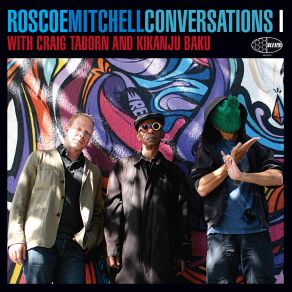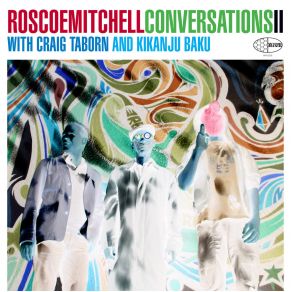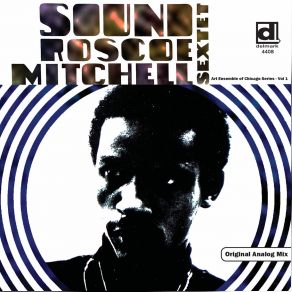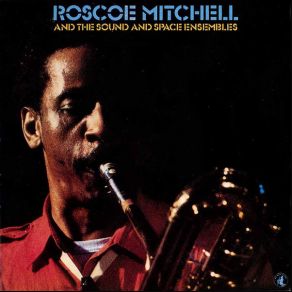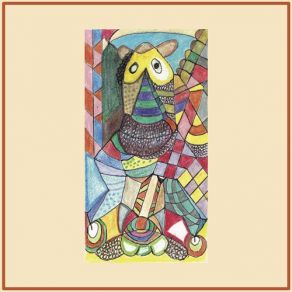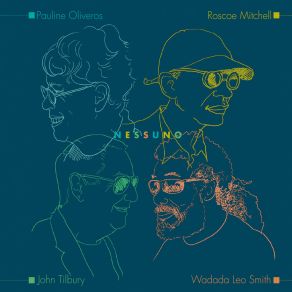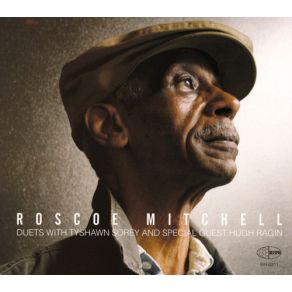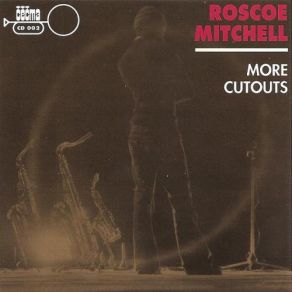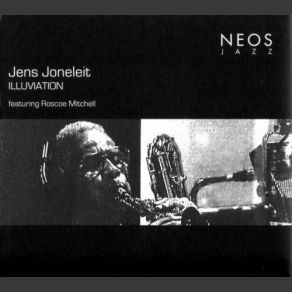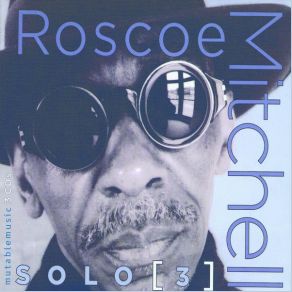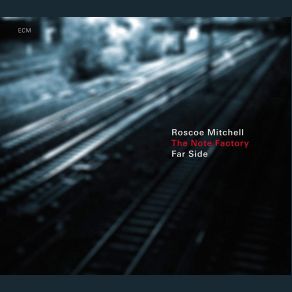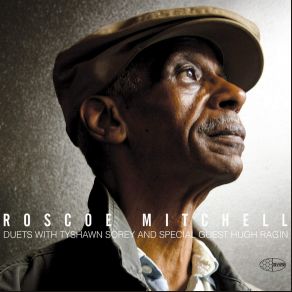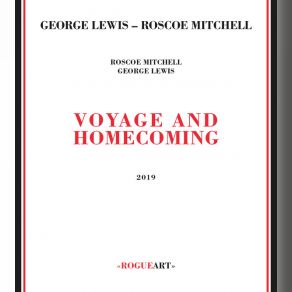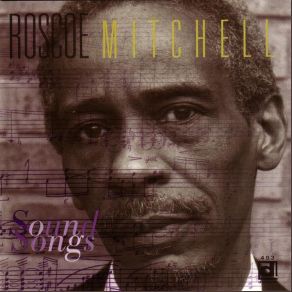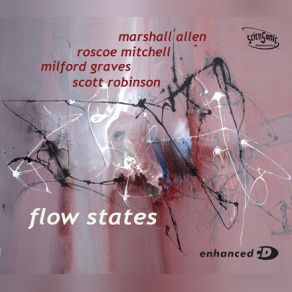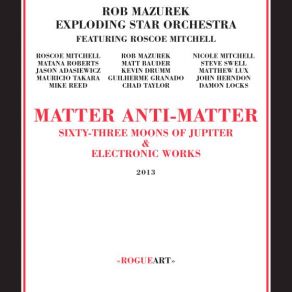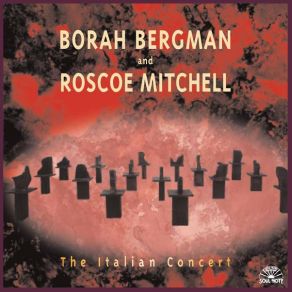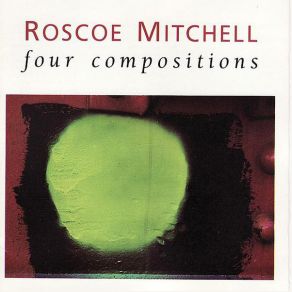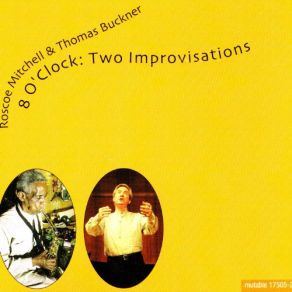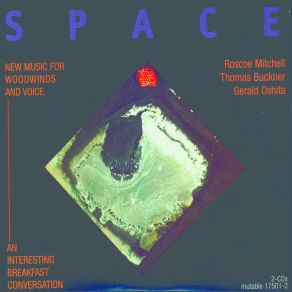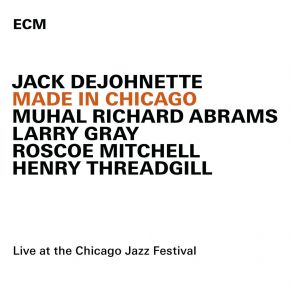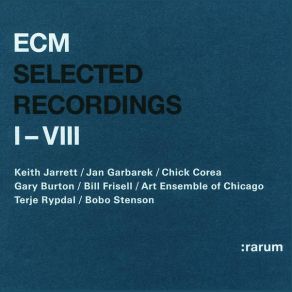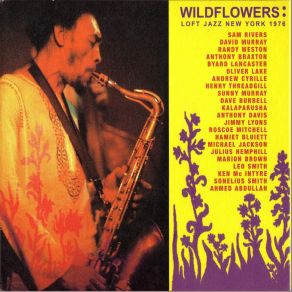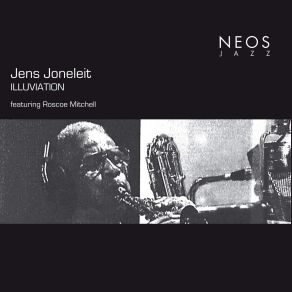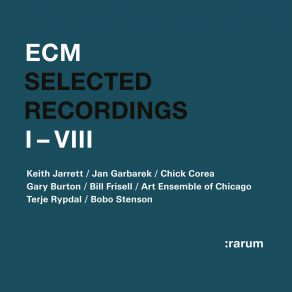Roscoe Mitchell
Wikimp3 information about the music of Roscoe Mitchell. On our website we have 62 albums and 4 collections of artist Roscoe Mitchell. You can find useful information and download songs of this artist. We also know that Roscoe Mitchell represents Jazz genres.
Biography
[Edit]Roscoe Mitchell is the rare jazz musician who also moves comfortably within the realm of contemporary classical music. It might even be said that Mitchell is a more convincing artist when working in European-influenced forms. When relying on structural and formal jazz conventions, Mitchell can often come off as stilted and unswinging. On the other hand, his forays into free-time, nontonal improvisation (both structured and unstructured) are as spontaneous and as emotionally satisfying as the best jazz. Mitchell's improvisations exercise extraordinary discipline and intellectual rigor. He's at once a patient and impulsive improviser, prone to alternating episodes of order and chaos, clarity and complexity. Mitchell is a technically superb — if idiosyncratic — saxophonist. His tone on alto and soprano tends to be edgy and brittle. At his most lyrical, Mitchell's saxophone lines exploit the instrument's strength as an interval-making machine; his improvised melodies often bear similarity to works by the classical composer Morton Feldman, though Mitchell's music is more overtly emotional. At his most energetic, Mitchell takes advantage of the saxophone's timbral flexibility and the horn's natural tendencies, which allow a player to play fast, scalar lines. Whether playing soft or loud, slow or fast, Mitchell's playing is invariably suffused with passion and intensity.
Mitchell played saxophone and clarinet as a teenager. While stationed in Germany as a member of the Army, Mitchell played in a band with tenor saxophone innovator Albert Ayler. Upon returning to the U.S. in 1961, Mitchell played bop with a group of Wilson Junior College students who included bassist Malachi Favors and saxophonists Joseph Jarman, Henry Threadgill, and Anthony Braxton. Mitchell began listening to the recordings of Ornette Coleman and John Coltrane. He studied with pianist/composer Muhal Richard Abrams. In 1962, he began playing in Abrams' newly organized Experimental Band, a rehearsal group that explored many of the contemporary alternatives to conventional jazz improvisation and composition.
In 1965, he became one of the first members of the Association for the Advancement of Creative Musicians (AACM), a nonprofit organization established by Abrams, pianist Jodie Christian, drummer Steve McCall, and composer Phil Cohran. The AACM were devoted to the same principles as the Experimental Band. In 1966, Mitchell's sextet (with trumpeter Lester Bowie, tenor saxophonist Kalaparusha Maurice McIntyre, bassist Favors, trombonist Lester Lashley, and drummer Alvin Fiedler) became the first AACM group to record. Abstract in concept and execution, the album, Sound (Delmark), was an in-depth examination of the interaction between sound and silence, utilizing such unorthodox devices as spontaneous collective improvisation, toy instruments, and non-musical noise. A departure from the more extroverted work of the New York-based free jazz players, Sound pointed the way to a new manner of playing jazz-based music. Around this time, Mitchell also performed and recorded as a solo saxophonist. By 1967, the Roscoe Mitchell Art Ensemble consisted of the leader, Favors, trumpeter Lester Bowie, and drummer Phillip Wilson. That combination did not record; Wilson was replaced by Jarman, and in 1969 the group traveled to Europe. The sojourn was very successful. The band — renamed the Art Ensemble of Chicago — recorded extensively, particularly in France. The resulting albums formed the initial basis of their reputation.
Mitchell played briefly in St. Louis upon returning to the United States in 1971. He then resettled in Chicago. Around 1974 he established the Creative Arts Collective. Based in East Lansing, MI, the group was similar in purpose to the AACM. The '70s found Mitchell expanding on his solo saxophone concept, working with his AACM cohorts in various combinations and performing with the Art Ensemble. The latter group became possibly the most highly acclaimed jazz band of the next two decades, winning critics' polls with regularity. In the '80s and '90s, Mitchell also led the Sound Ensemble, who included members of his Creative Arts Collective. In the '90s, Mitchell branched out even more, collaborating more frequently with such classical composer/performers as Pauline Oliveros and Thomas Buckner. A trio with Buckner and the virtuoso pianist Borah Bergman was an ongoing and effective unit. Since 2000, Mitchell has remained active, releasing a handful of recordings including Solo 3 in 2004 and Composition/Improvisation Nos. 1, 2 & 3 and Samsara in 2007. Beginning in the 1990s and extending into the 21st century, Mitchell has also performed and recorded extensively as the leader of his Note Factory ensemble, a group ranging in size from a sextet to a nonet; Note Factory albums include This Dance Is for Steve McCall (Black Saint, 1993), Nine to Get Ready (1999, ECM), Song for My Sister (Pi, 2002), Bad Guys (2003, Around Jazz), and Far Side (2010, ECM).
Title: Roscoe Mitchell Orchestra Littlefield Concert Hall Mills College
Artist: Roscoe Mitchell
Genre: Jazz
Title: The Ritual And The Dance (L. Astral Spirits) (Maxi-Single)
Artist: Roscoe Mitchell, Mike Reed
Genre: Free Improvisation, Free Jazz
Title: Streaming
Artist: George Lewis, Roscoe Mitchell, Muhal Richard Abrams
Genre: Jazz, Avant Garde Jazz, Classical
Title: Roscoe Mitchell Orchestra And Space Trio At The Fault Zone Festival
Artist: Roscoe Mitchell
Genre: Jazz
Title: Nessuno (Maxi-Single)
Artist: John Tilbury, Roscoe Mitchell, Pauline Oliveros, Wadada Leo Smith
Genre: Jazz, Avant Garde Jazz, Free Improvisation
Title: Quartet (Live)
Artist: George Lewis, Roscoe Mitchell, Muhal Richard Abrams
Genre: Jazz, Avant Garde Jazz, Avant Garde Metal
Title: Duets with Tyshawn Sorey and Special Guest Hugh Ragin
Artist: Roscoe Mitchell
Genre: Jazz, Avant Garde Jazz, Rock
Title: Duets and Solos
Artist: Roscoe Mitchell, Muhal Richard Abrams
Genre: Jazz, Avant Garde Jazz, Avant Garde Metal
Title: The Solo Concert (Remastered)
Artist: Roscoe Mitchell
Genre: Jazz, Avant Garde Jazz, Rock, Alternative
Title: Voyage And Homecoming
Artist: George Lewis, Roscoe Mitchell
Genre: Electronica, Jazz, Contemporary Folk
Title: After Fallen Leaves
Artist: Roscoe Mitchell, Brus Trio
Genre: Jazz, Avant Garde Jazz, Free Jazz
Title: Matter Anti-Matter (CD1)
Artist: Rob Mazurek, Roscoe Mitchell, Exploding Star Orchestra
Genre: Electronica, Jazz, Experimental
Title: This Dance Is for Steve Mccall
Artist: Roscoe Mitchell, Note Factory
Genre: Jazz, Avant Garde Jazz, Avant Garde Metal
Title: Voice Prints (feat. Douglas Ewart)
Artist: Yusef Lateef, Adam Rudolph, Roscoe Mitchell
Genre: Jazz
Title: Kirili Et Les Nymphéas / Kirili Et Les Nympheas
Artist: Roscoe Mitchell, Thomas Buckner, Dalila Khatir, Jerome Bourdellon
Genre: Jazz
Title: Nine to Get Ready
Artist: Roscoe Mitchell, Note Factory
Genre: Jazz, Avant Garde Jazz, Avant Garde Metal
Title: Flow States
Artist: Milford Graves, Marshall Allen, Roscoe Mitchell, Scott Robinson
Genre: Jazz
Title: Matter Anti-Matter (CD2)
Artist: Rob Mazurek, Roscoe Mitchell, Exploding Star Orchestra
Genre: Electronica, Jazz, Free Jazz, Experimental
Title: Four Compositions
Artist: Roscoe Mitchell
Genre: Jazz, Avant Garde Jazz, Avant Garde Metal, Alternative
Title: 8 O'Clock: Two Improvisations
Artist: Roscoe Mitchell, Thomas Buckner
Genre: Jazz, Free Jazz, Vocal Jazz, Classical
Title: Spectrum
Artist: Janacek Philharmonic Orchestra, Saxophone, Roscoe Mitchell, Muhal Richard Abrams, Piano, Thomas Buckner, Baritone
Genre: Jazz
Collections
Title: Creative Music Studio (Archive Selections, Vol. 1)
Genre: Jazz
Title: Vision, Vol. 3
Genre: Jazz
Title: ECM: Rarum / Selected Recordings I - VIII (BOX-Set)
Genre: Jazz
Title: Wildflowers - The New York Loft Jazz Sessions
Genre: Jazz
